Hungary
Breakfast break in Székesfehérvár, Viktor Orbán’s home town. Everything is unexciting, almost nice for a spontaneous break and at the same time almost interchangeably boring. Baroque architecture and Secession style characterize not only this city, but also the overall architectural image of Hungary. In between, a yawning, flat emptiness: steppes, meadows, small forests and isolated farmsteads, abandoned or not. Most of the country’s people live in Budapest anyway – the next destination on our journey. We drive along the highway through sun-dappled monotony and earth-brown landscapes. Depending on the region, the names of the cities we pass sound familiar or unpronounceable. Hungary, the land of the middle, the land in between. Historically wedged between Central Europe and the Ottoman Empire, the USSR and Yugoslavia, Christianity and Islam.
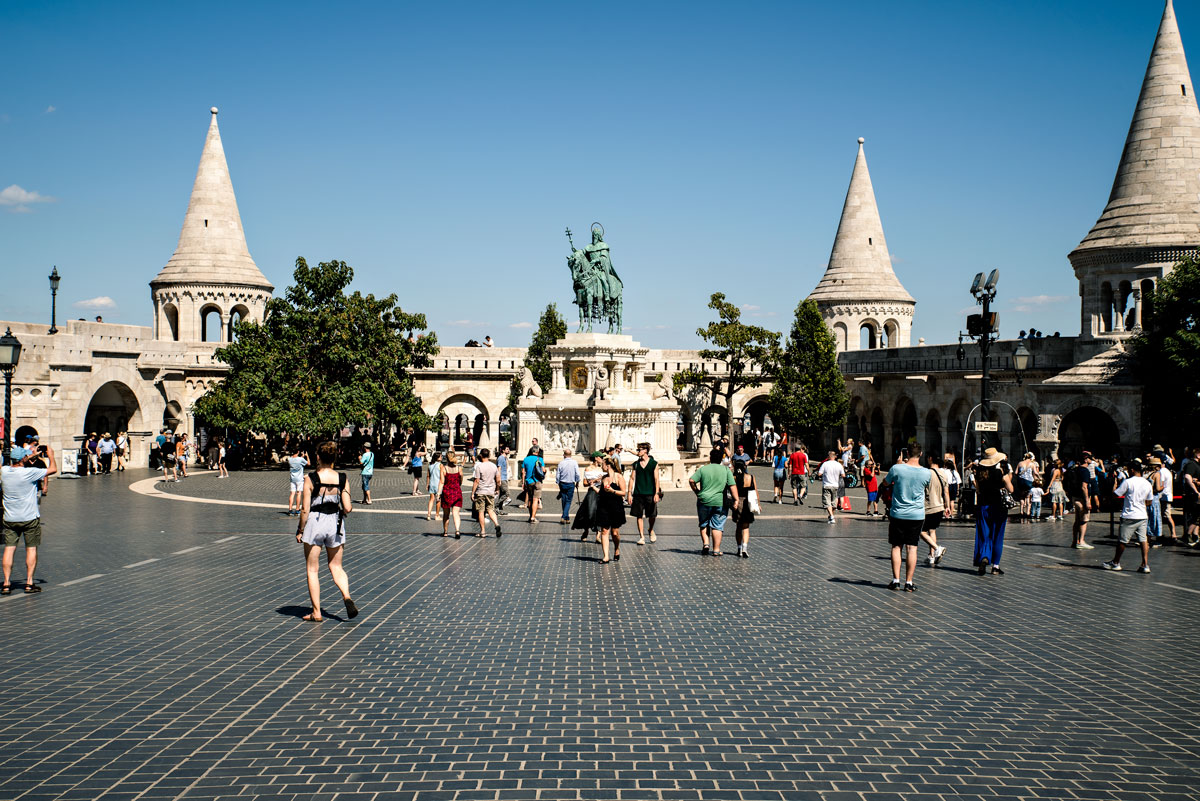
If the country’s history is channeled at one point, it is at the Castle Palace in Budapest. Kings ruled here over the centuries. They defended themselves unsuccessfully against the Ottomans and during the Second World War, the German Wehrmacht used the castle’s underground cave system as its headquarters. Finally, the communists also left their mark of devastation.
Today, the castle is being restored to its former glory. It is a prestige project, visible from afar on the highest point of the city. Nationalism and a glorifying historicism help to create a sense of identity.
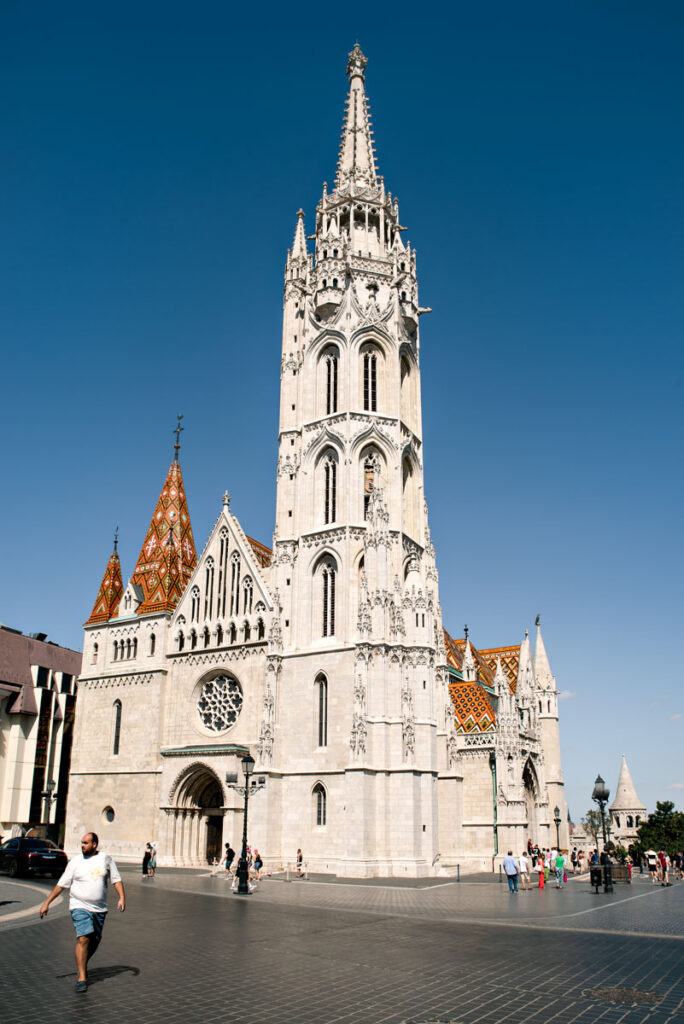
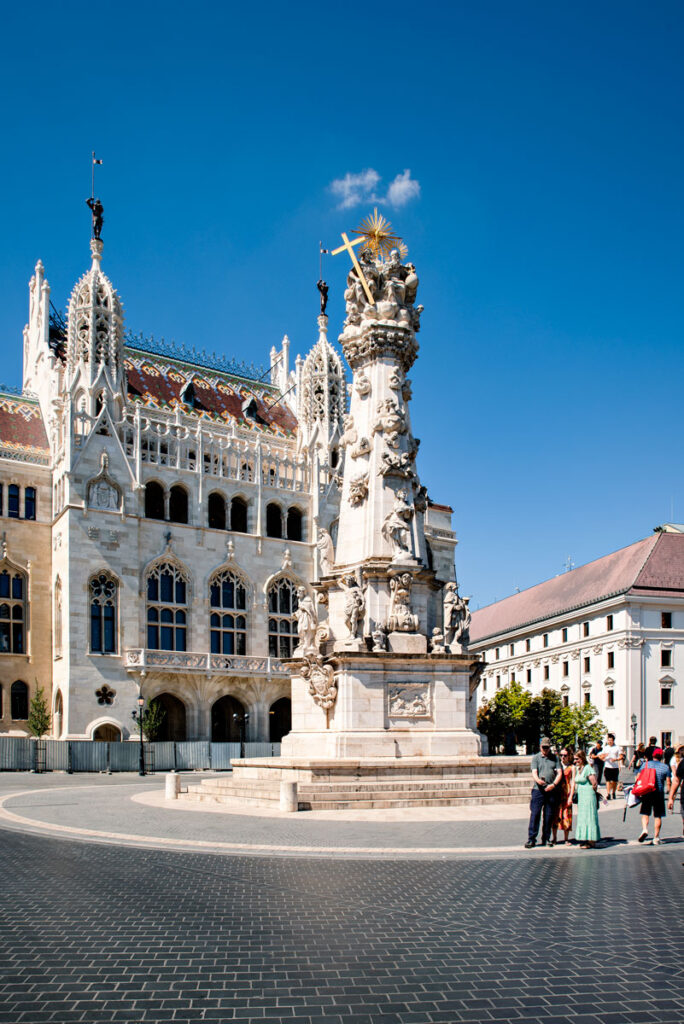
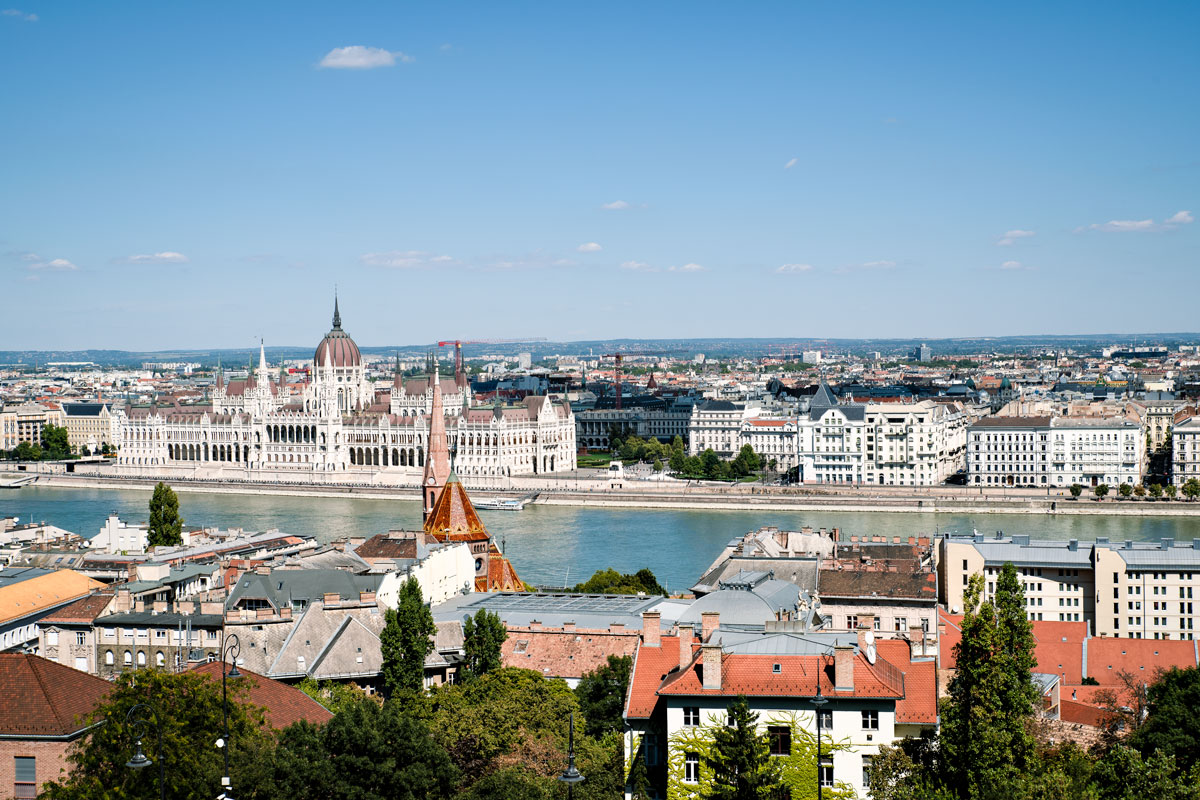
People crowd the railings of the Fisherman’s Bastion for a selfie with the Danube and the Pest side opposite in the background. Budapest attracts all kinds of tourists: individual travelers passing through. Couples in love spending their first vacation together. Young people spending their first ever vacation without their parents. City travelers and short breaks. Europeans and Americans, Asians and Africans. Art lovers and foodies. Travel groups over 70, school classes. Graduation trips. Families who come from Lake Balaton and dutifully squeeze in a day of culture between bathing days.
And the city gives all these people exactly what they could be looking for. Some peace and quiet and hustle and bustle. Filthy backstreets and princely promenades. A market full of food and yet in the end only touristy junk sales. A city that breathes history and a country that is reinventing itself.
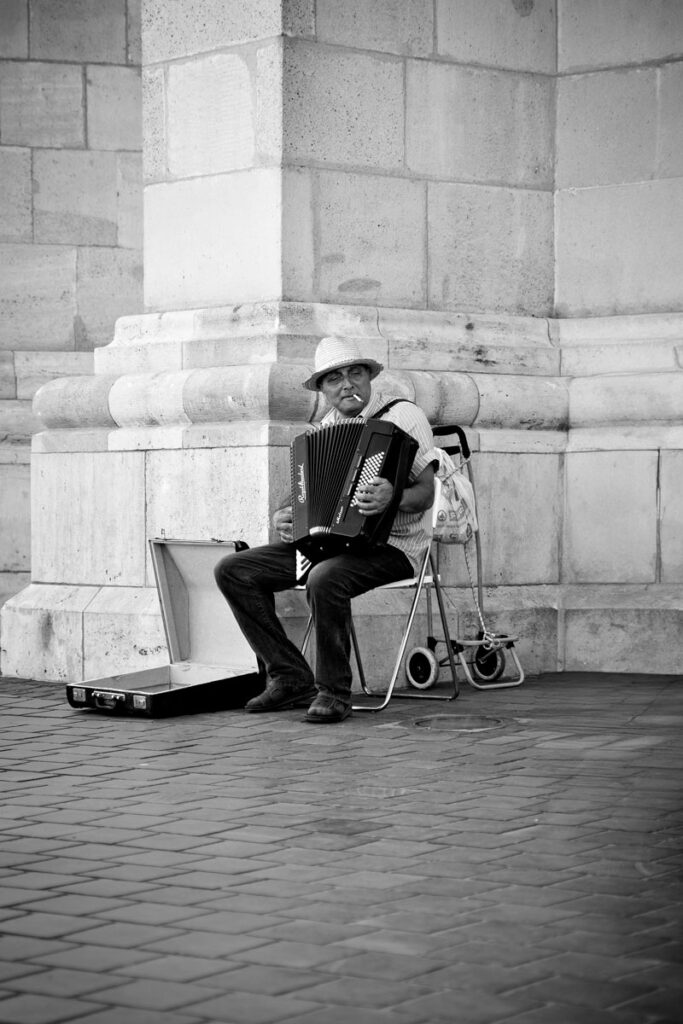
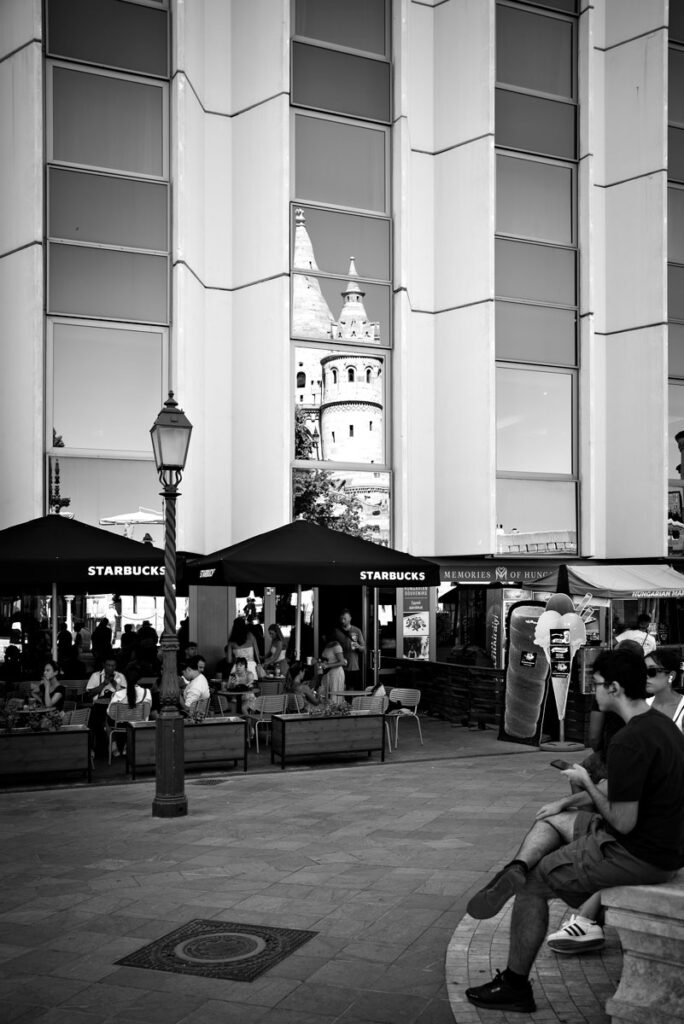
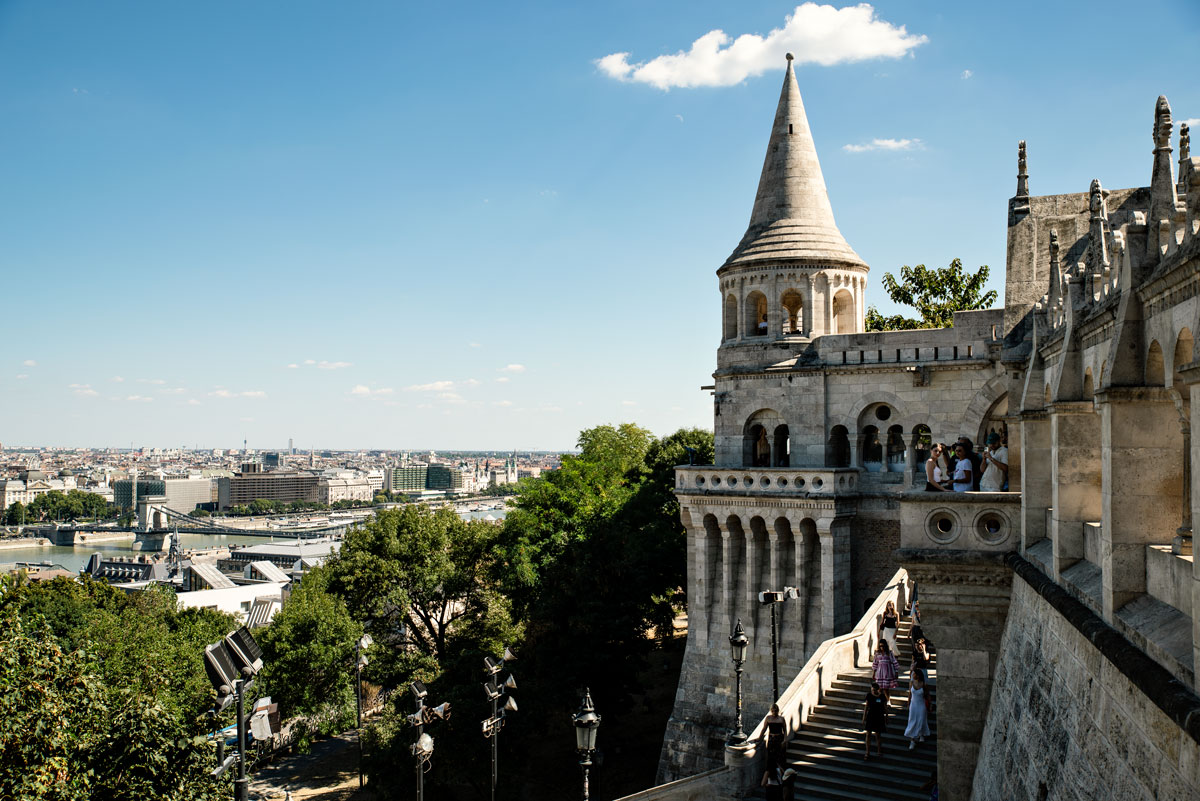
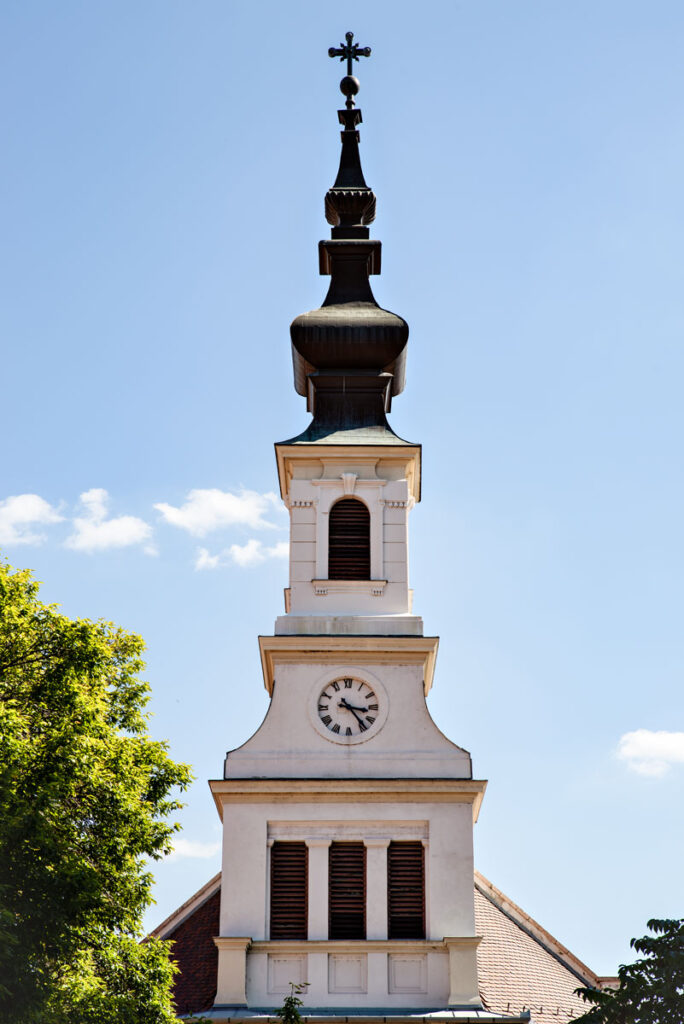
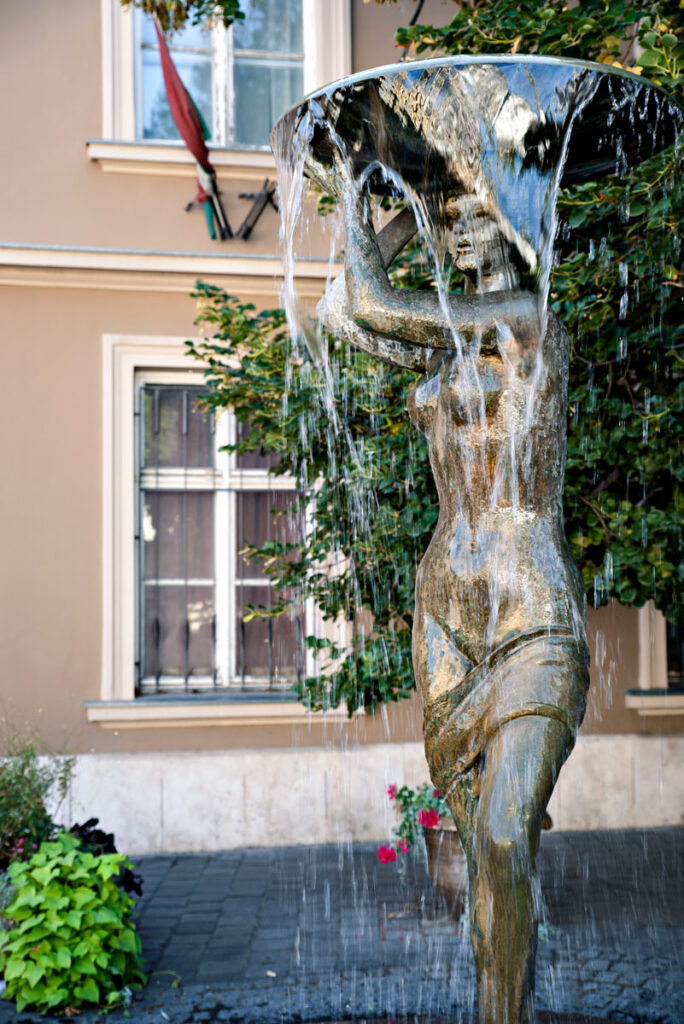
A huge hall made of glass and steel. The heat is building up here on this August day. Streams of tourists push their way through the narrow corridors on the second floor between souvenir stores and food stalls. Fruit and vegetables are piled up in colorful heaps. Meat and sausages hang from the ceiling of the butchers’ shops. Liqueurs spread the sweet smell of distillate and a man rolls out sheets of dough for Baumkuchen.
This market caters to both the food needs of the locals and the greed for photo opportunities and for tourists’ junk. The aisles at the back are quieter, almost eerily deserted. By lunchtime, the people of Budapest have probably finished their shopping. The crowds of tourists remain in the front. A quick glance into the hall is enough for them – hardly any of them stray into its heart.
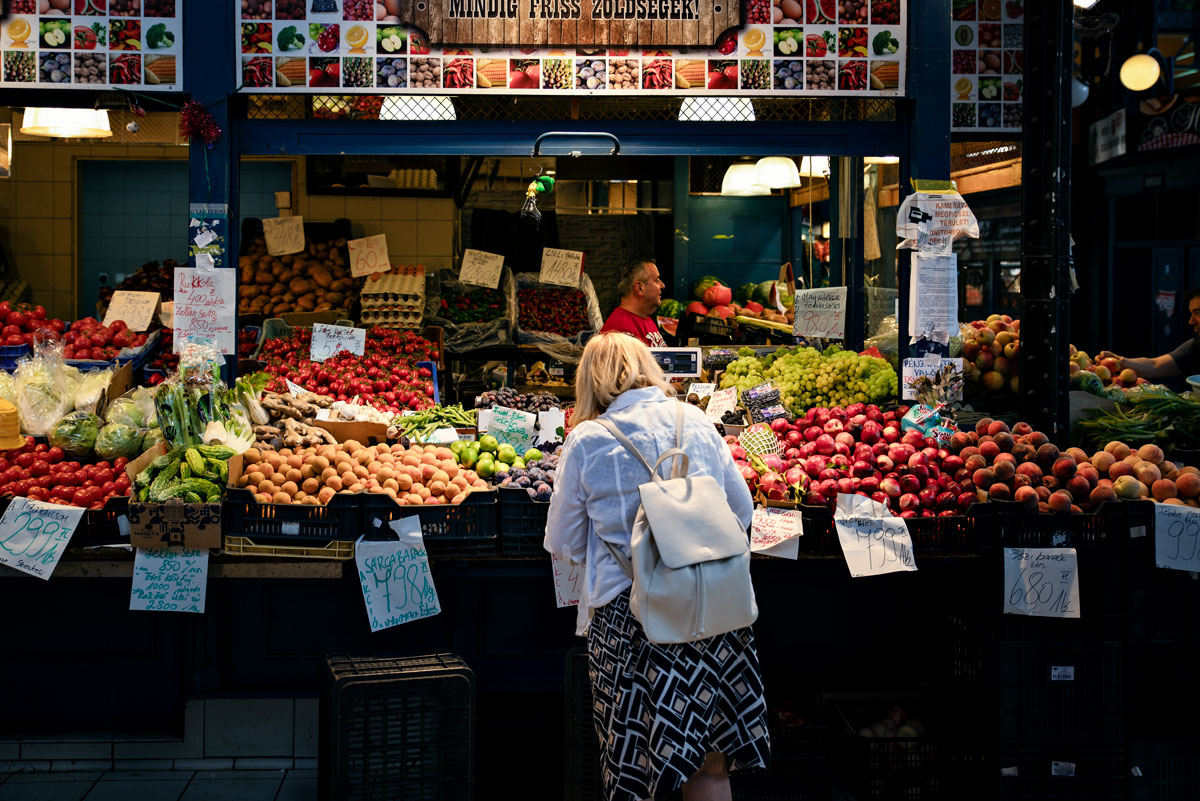
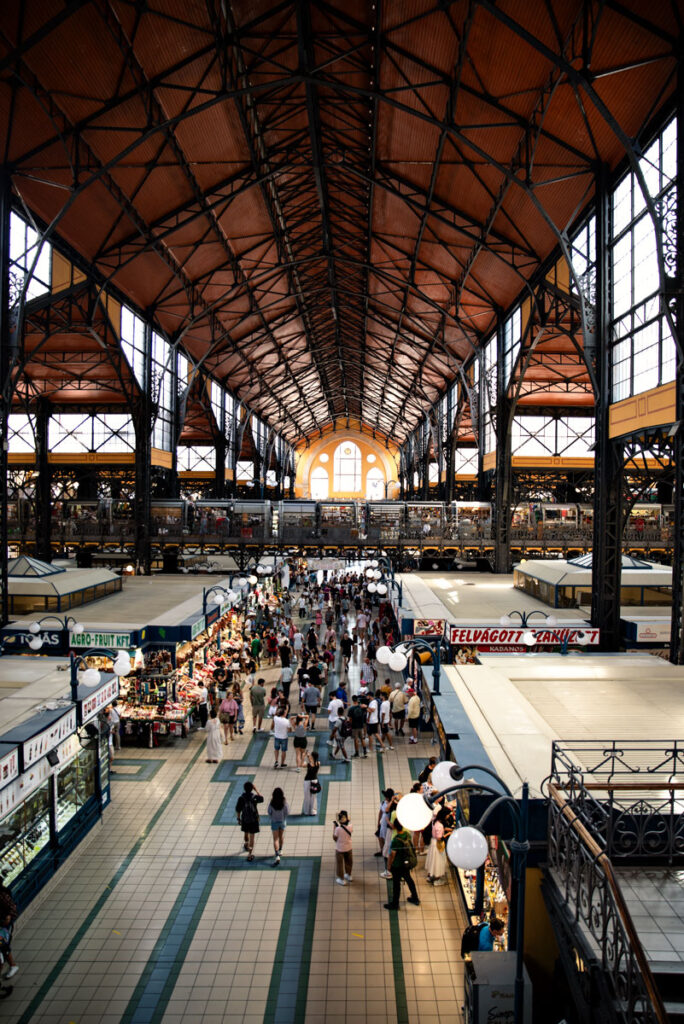
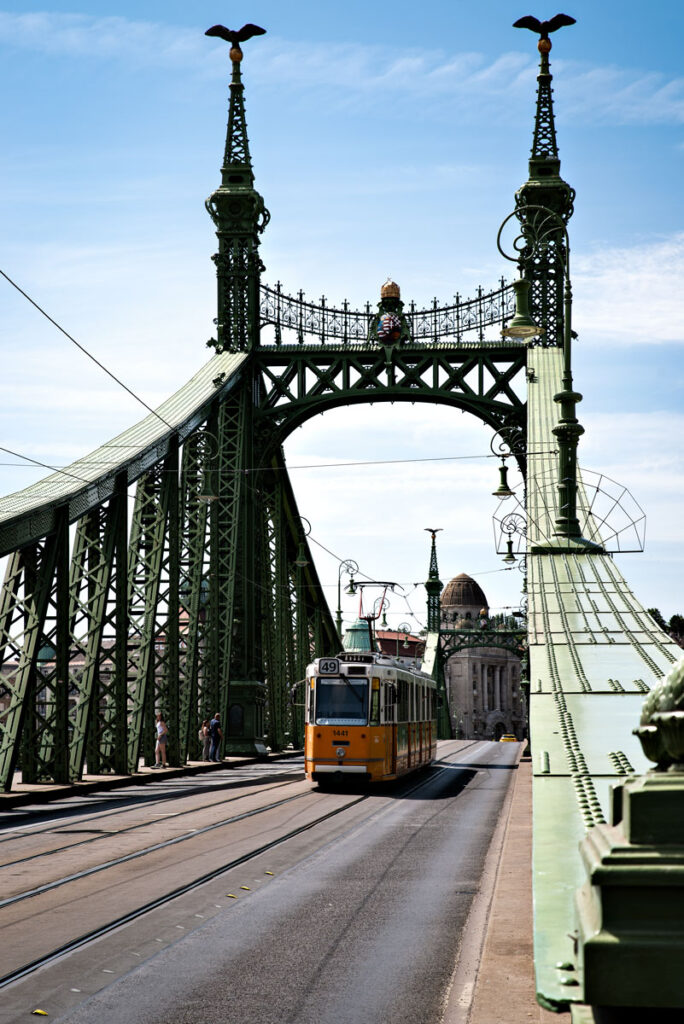
The Danube divides the city. On one side is majestic Buda with its towering castle. On the other side is Pest – a lively city. Its face is marked, how could it be otherwise, by all the cultures and historical events that have come together here. Baroque, communism, Islam and Judaism, modernity and antiquity, West, East, elegance and concrete, water, earth and the lights of the metropolis. We discover a restrained, rebellious youth culture in the skate park, Christian symbols of power and gray, chunky buildings from the days of socialist Hungary under János Kádár. Hip cafés sell their coffee creations in the ground floor stores of magnificent old buildings. Pensioners sit in the shade of old trees in the city’s parks.
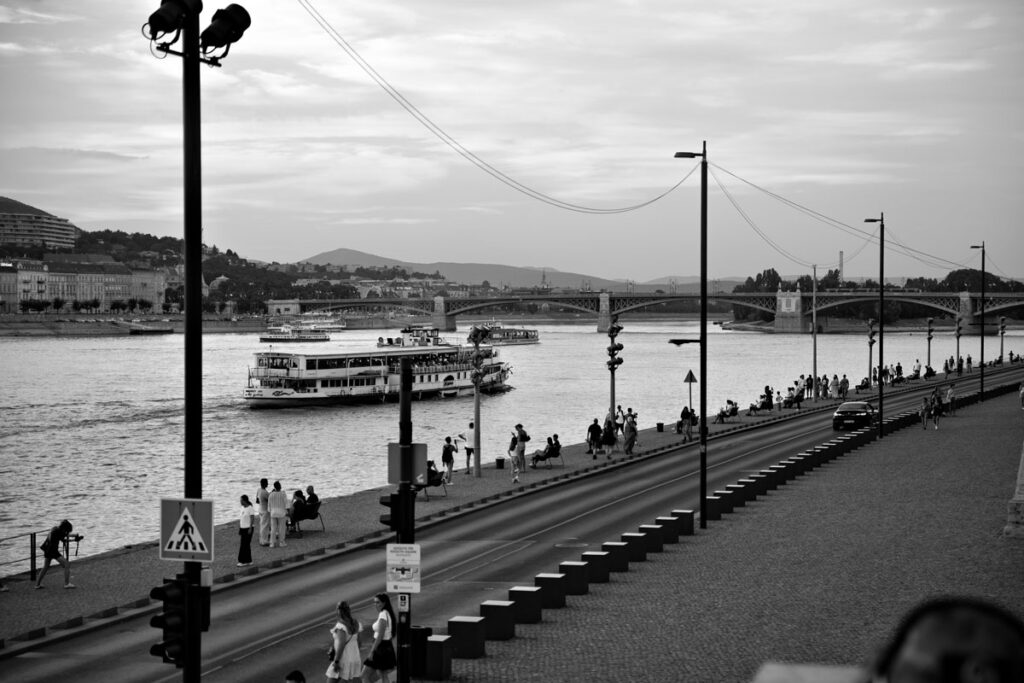
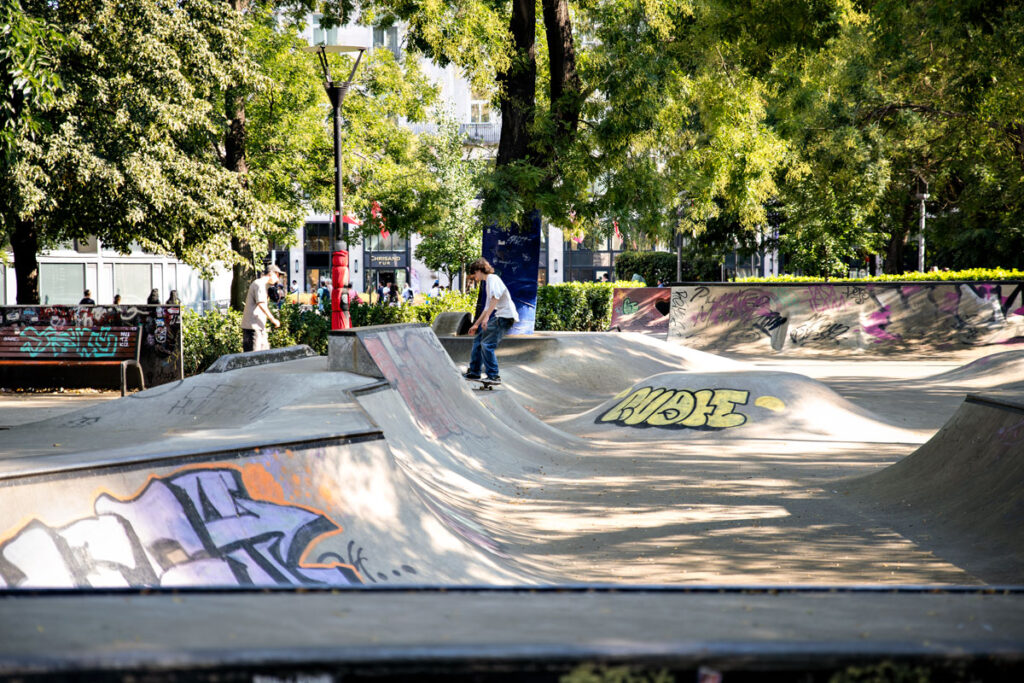
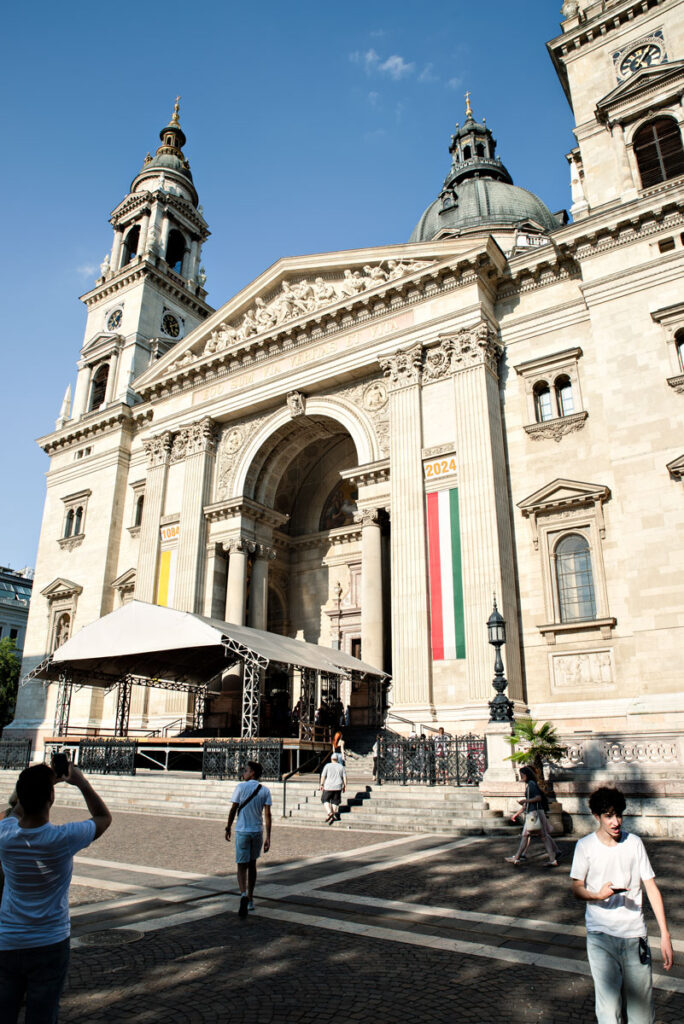
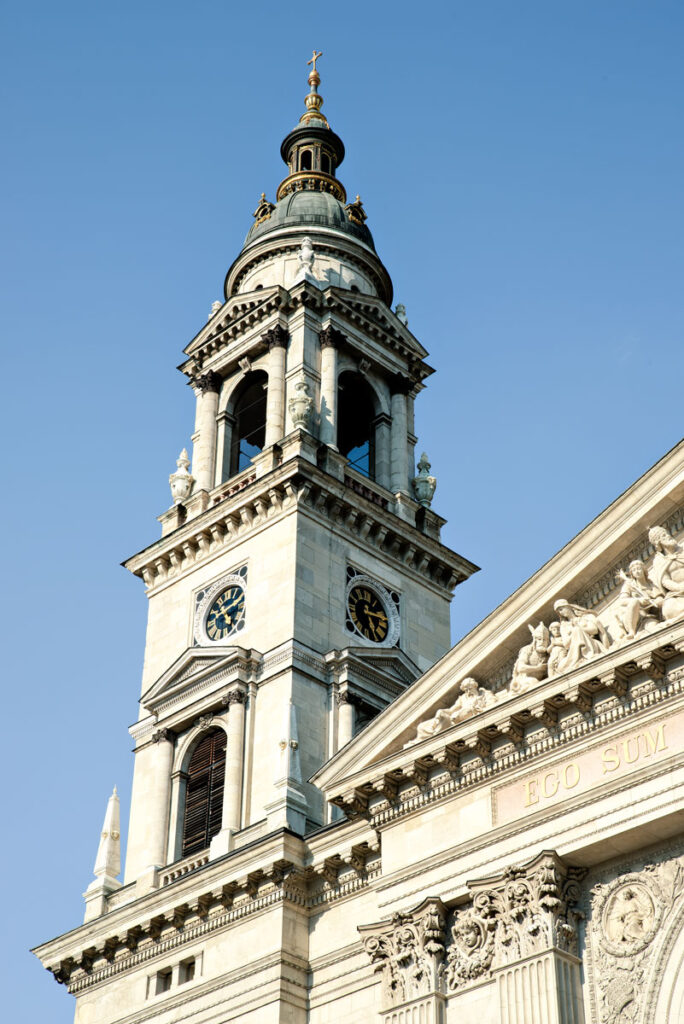
Arriving at the Kettenbrücke, we hear a muffled bass, a distorted electric guitar and the beating of a drum. A free concert in front of a small bar on the Danube. A few listeners have gathered around the stage. The music is experimental, bold, but not daring. It’s not bad and the audience is getting bigger. The sounds mingle with the engine noise of passing cars. The heat of the afternoon makes us sweat and is almost unbearable here, on the shadeless banks of the Danube. It’s time to move on.
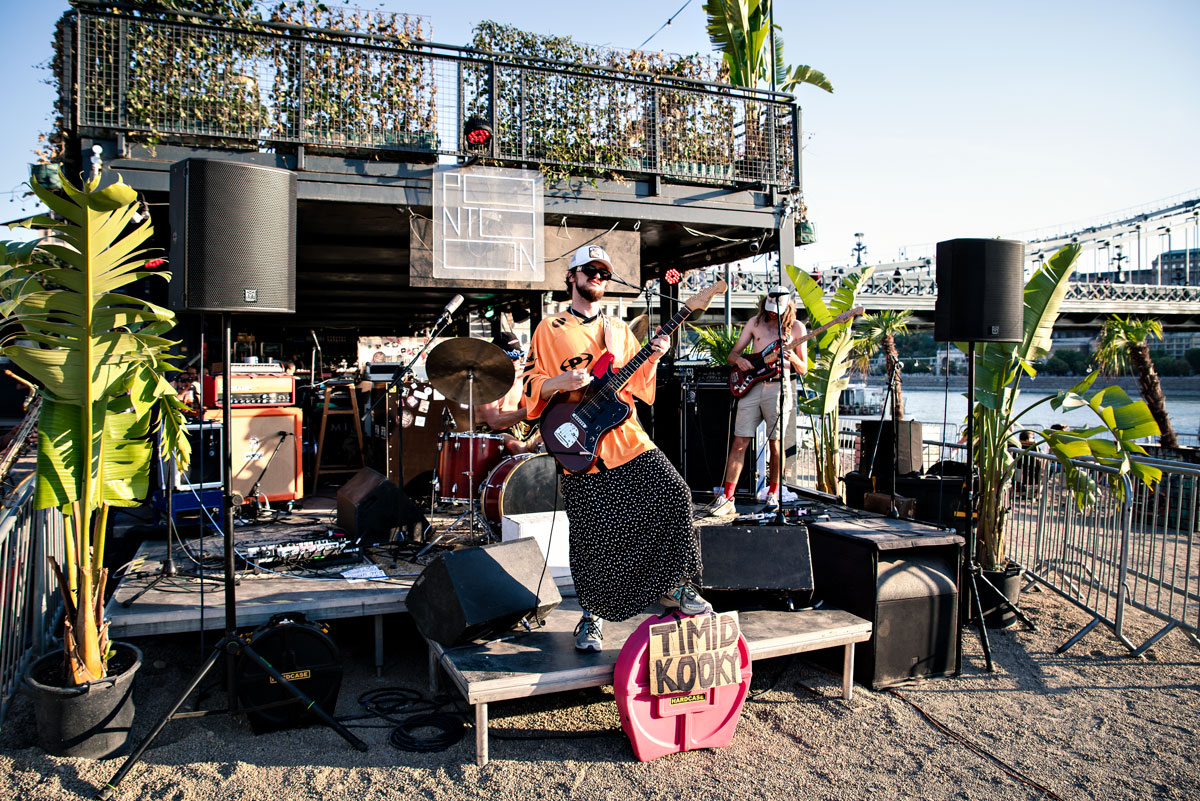
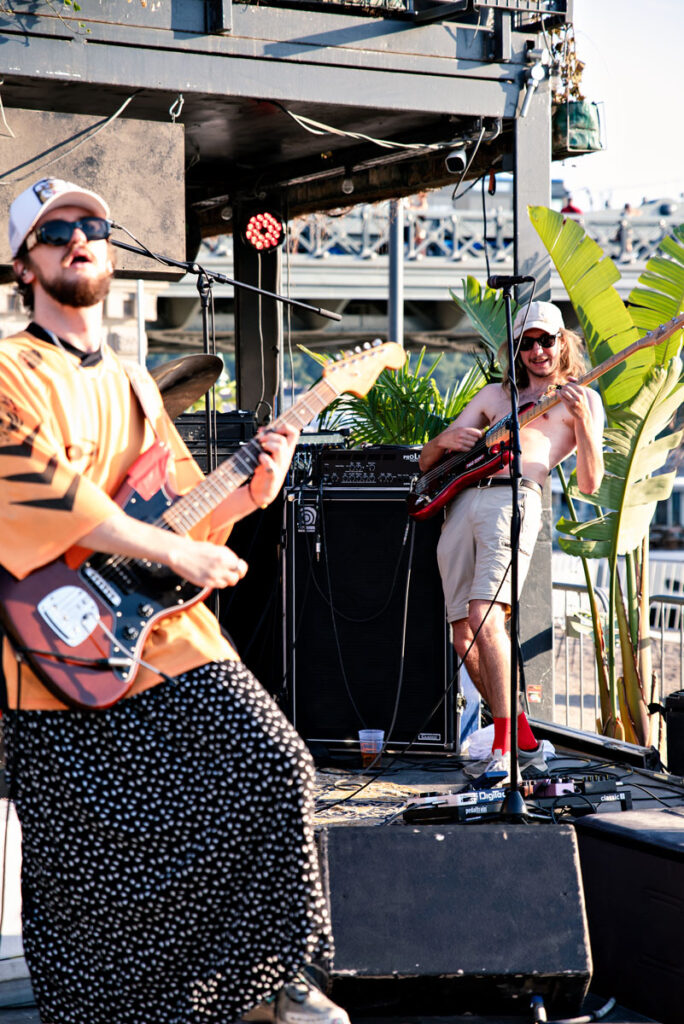
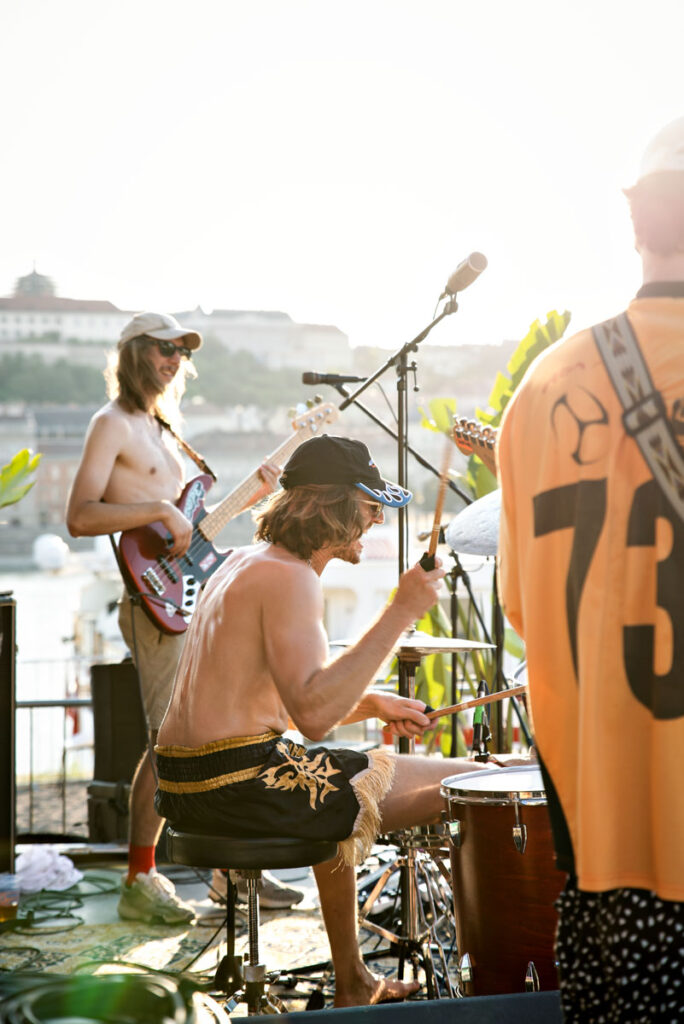
Shoes are still standing on the banks of the Danube within earshot of the band. They are pairs without feet, without legs and without bodies. The human being is missing. They are metal sculptures commemorating the murder of Hungarian Jews at the end of the Second World War. Their bodies were thrown into the river by the National Socialists. The people have gone, not forgotten. They left their earthly possessions behind.
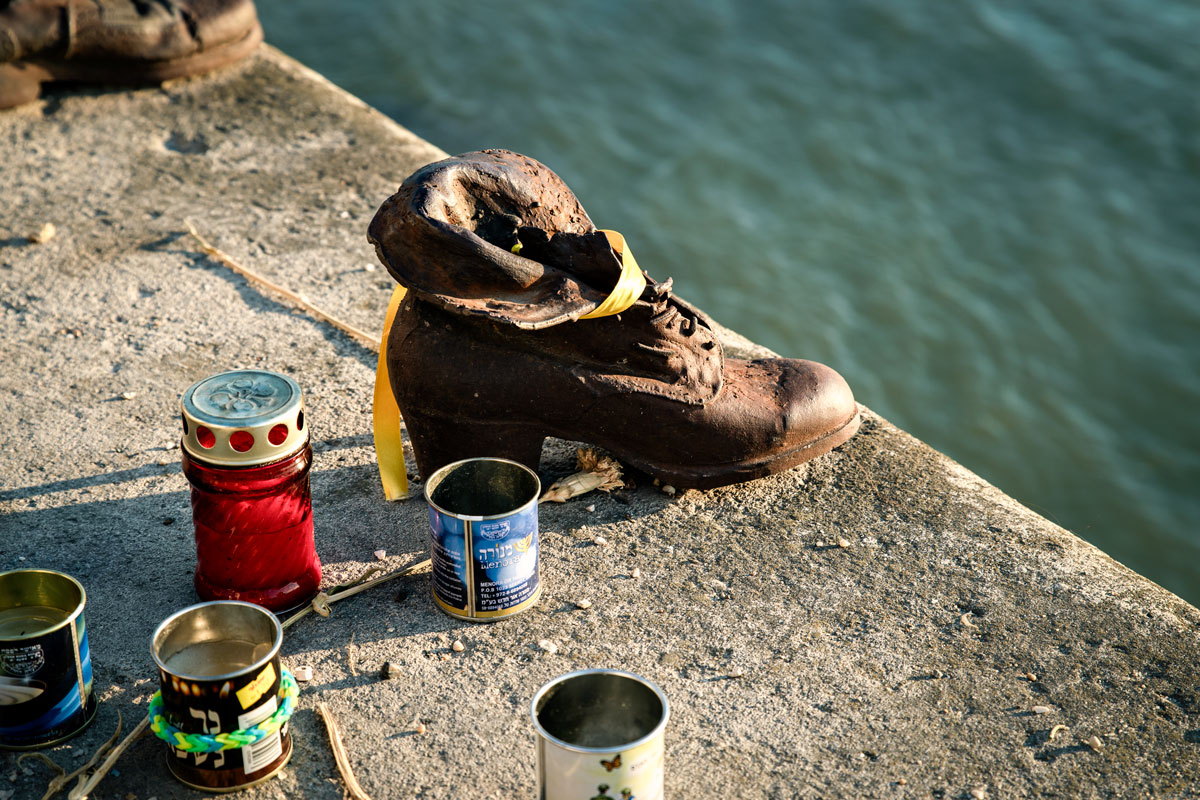
Mist rises from the ground. The light turns gold, then blue, as the day slowly fades. The heat has subsided. The statue of Count Gyula Andrássy is a replica of the original, which was melted down after the Second World War to erect a statue of Stalin. Budapest clearly shows the traces of the past, of the constant change of power and the ultimately homogeneous course of time. Here, in front of the parliament, we can speak freely. No one is watching or monitoring us. And yet Hungary is flirting with totalitarian regimes and distancing itself from the European Union. A country in the middle, a country in between. A country that is searching for itself.
It is getting emptier in front of the parliament. Tomorrow, crowds will gather here for the national holiday. There will be a gigantic fireworks display over the Danube. Hungary will celebrate itself. By then we will have left Budapest.
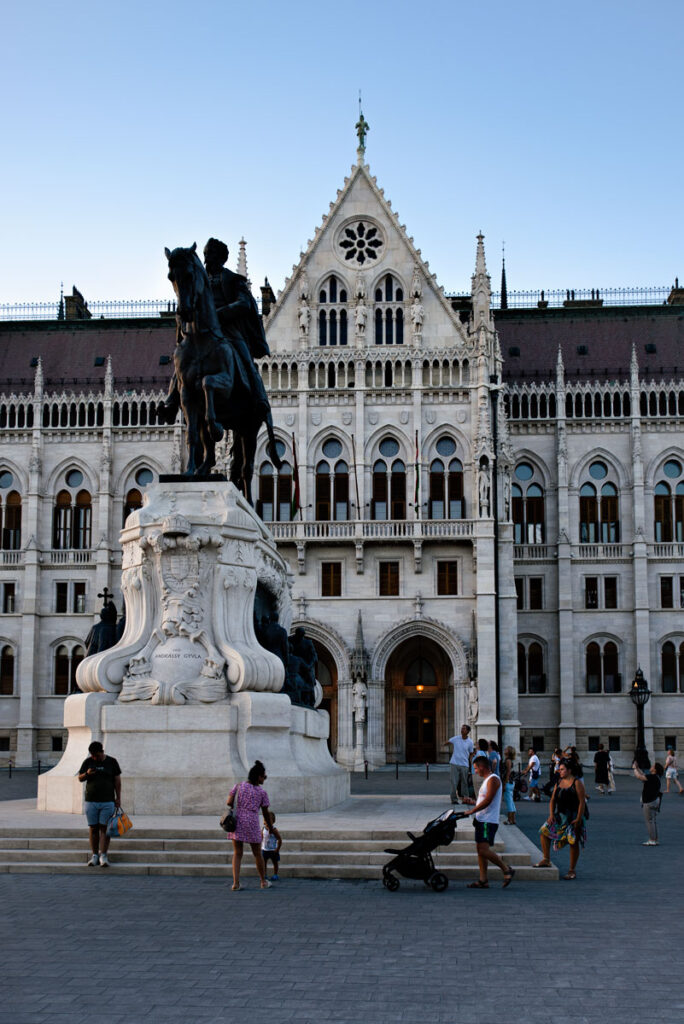
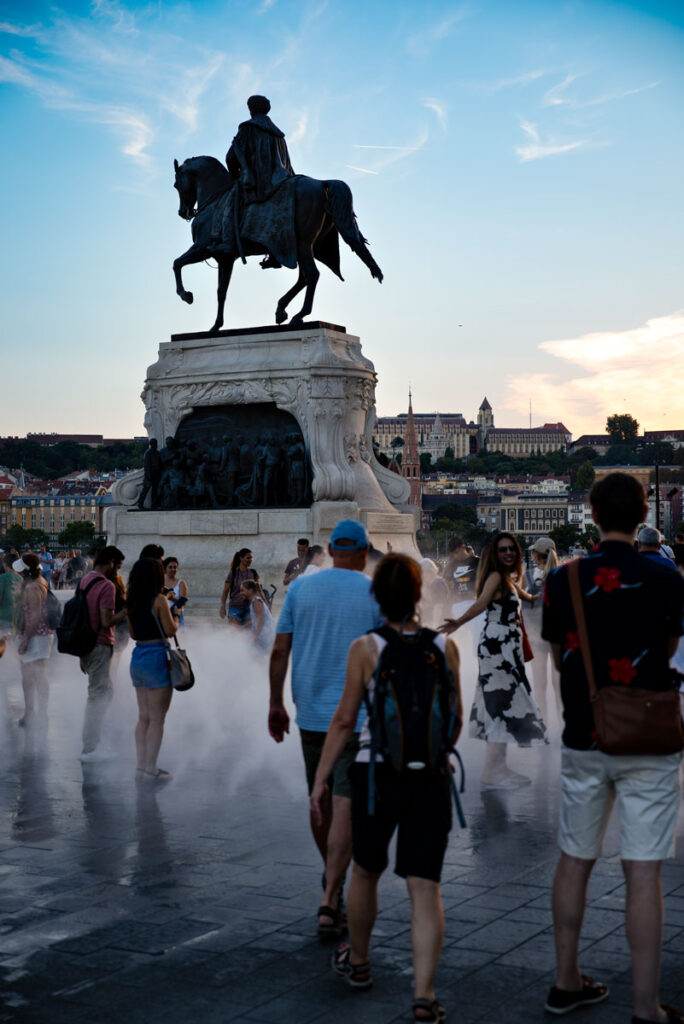
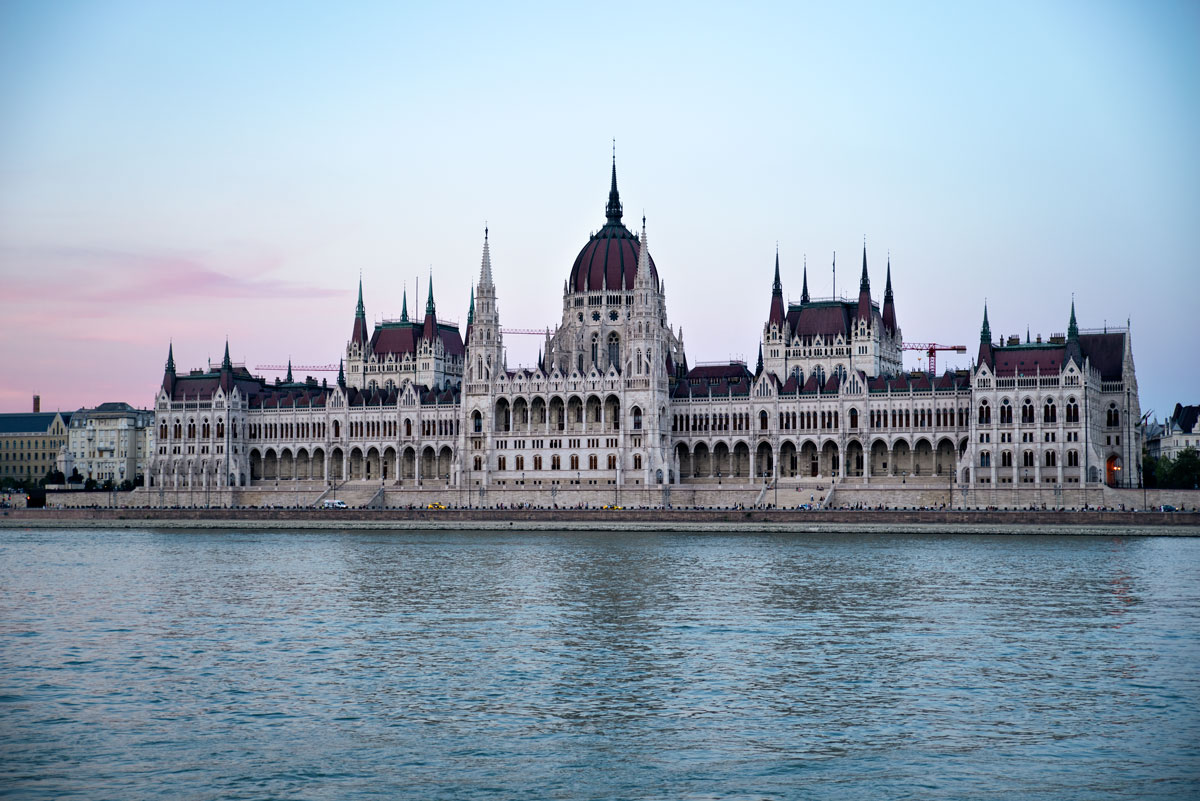
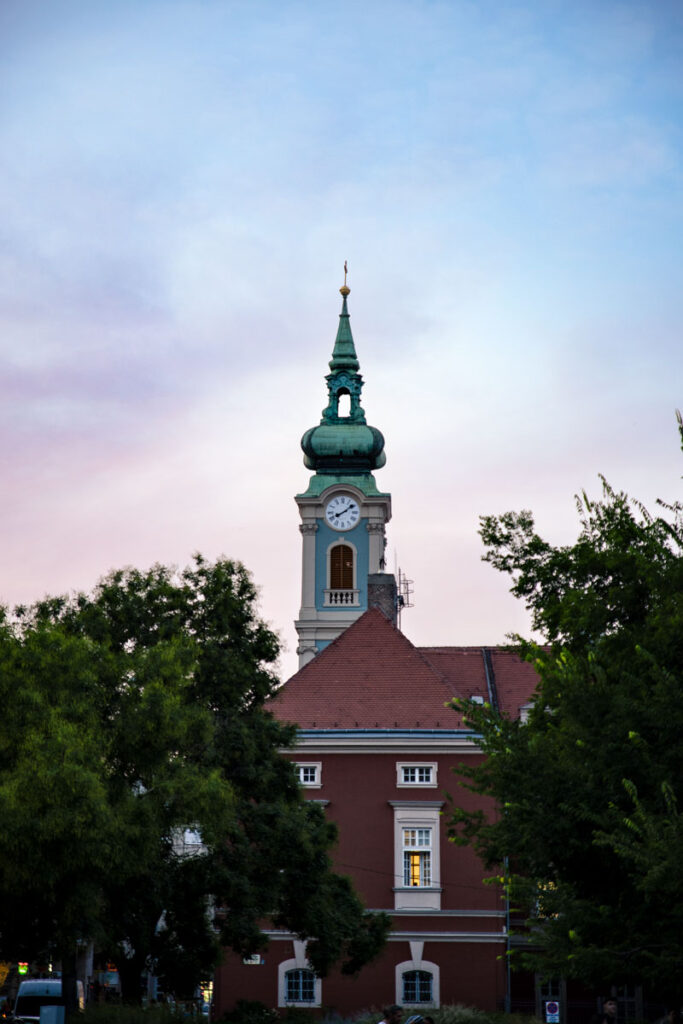
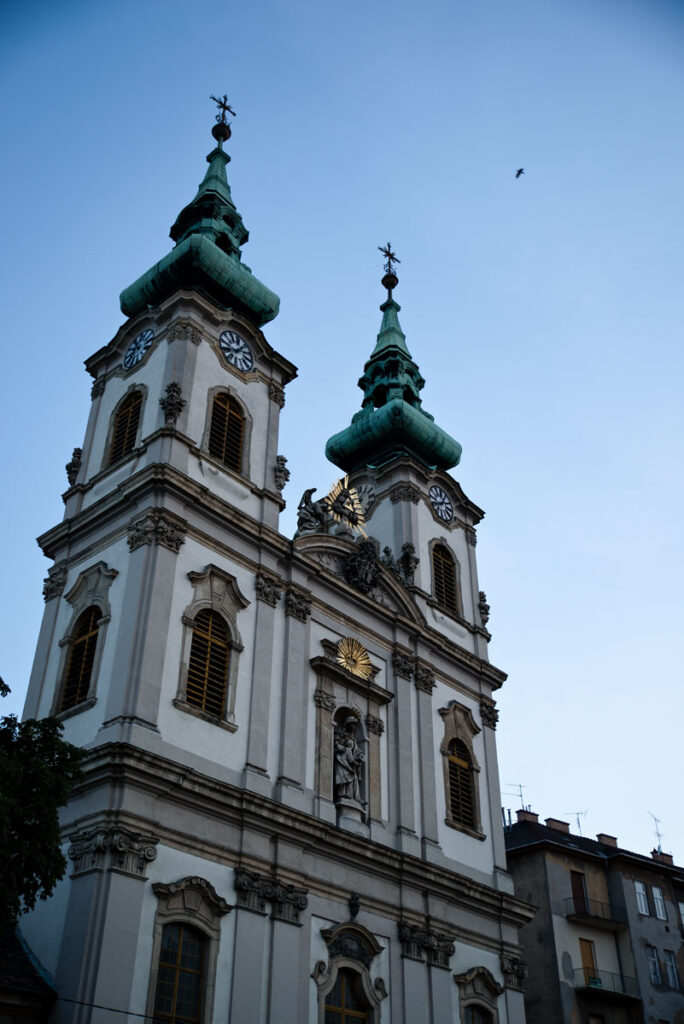
We leave the country and head south towards Serbia. It’s a different region and yet it looks the same as almost everywhere else: sun-yellowed monotony and earth-brown landscapes. We stop at a rest area for a short break. A group of off-road vehicles with German license plates have parked at the edge of the tarmac. They want to continue eastwards.
The signs along the highway point to Europe: Austria and Slovakia in one direction. To the Balkan states in the other. Ukraine and Romania along here, to Serbia, North Macedonia or even Greece to the south. Kosovo, with its smouldering conflict, is not far either. And it’s not even 1,000 kilometers to Istanbul. Hungary lies between the worlds.
Info about our trip
We drove across Hungary and visited Budapest. The landscapes and the places we passed through were nice to look at, but all seemed very monotonous. We would like to be proven wrong and will certainly make one or two more stops in Hungary on our next trip east.
We can at least recommend Budapest for a three-day city trip. Vienna and Budapest are often compared with each other, but we feel that the two cities are different (even if they do have certain similarities). We think that foodies and history buffs in particular will find what they are looking for in Budapest. Of course, the city is also a great destination for families or couples. Even if it doesn’t have that romantic, picturesque vibe like France or Italy, the city does have some very nice places for couples to spend time together. We found that Budapest didn’t make any great demands on us and didn’t overwhelm its visitors. It is not a city like New York, where there is far too much to discover for a vacation, nor is it an Asian metropolis where you can no longer tell the difference between up and down because of all the cars, skylines and people. “Everything can, nothing must” could be our motto for Budapest. Let yourself drift through the two districts, be inspired by the different architecture and listen to the history of the country. Take time for a coffee and a real Hungarian lunch.
Statistically speaking, Hungary is significantly cheaper than Germany. This is certainly true in the rural, less populated areas of the country. And yes, Budapest may be less expensive than many other European capitals. But that doesn’t make it cheap. Expect to pay between 10-15 euros per person for a meal including drinks. An overnight stay in a hotel in Budapest will cost you around 100 euros, but there are also simple rooms (some with shared bathrooms) for considerably less money. At the time of our trip, fuel was even more expensive than in Germany.
Everyone knows one or two typical Hungarian dishes without ever having been to Hungary: Goulash, lángos, paprikás, kolbász or lecsó. The main ingredients are often paprika, onions and meat. Many dishes are also available without meat, often found among the side dishes. As a vegetarian, you can still somehow get by here – in contrast to the neighboring Balkan states.
We personally, who love Asian cuisine with its explosions of flavor, the incredible variety of ingredients, the contrasting tastes and the finely balanced nuances, couldn’t get too much out of Hungarian cuisine. What’s more, we almost exclusively eat a vegetarian diet. Too often we found the dishes to be lacking in variety and unkindly seasoned. We also missed a creative approach to the national cuisine, but that’s another matter. Unfortunately, we don’t have any specific recommendations of restaurants that blew us away.
One more comment on the service in Hungary: perhaps there is a certain social behavior that you show when ordering in Hungary. In any case, we were always looked at with big question marks when we placed an order in the restaurant. Sometimes the waiters made jokes that we didn’t understand and left us baffled. Whatever the secret to dealing with service staff in Hungary is – we couldn’t unravel it 😉
Since we were traveling with a child and a large car that wouldn’t have fit in any parking garage in the city, we opted for a hotel outside Budapest with a swimming pool. The Petneházy Aparthotel was clean, had everything we needed in the room and the breakfast was also okay. However, you should expect about 45-60 minutes to the city center: 5-10 minutes by car to the metro station Hűvösvölgy and from there about 30 minutes to the central square in Buda. The night here has cost us around 80 euros. However, we would have preferred to stay closer to the city.
In Budapest at least, the installation of public surveillance cameras is increasing rapidly. Apart from the usual pickpocketing in the tourist centers of Budapest and at Lake Balaton, the crime rate is at a normal level. So you have nothing to fear. We also felt safe everywhere in the evenings.
In general, Hungary is a popular destination for families with children. There is culture and nature, especially Lake Balaton with its hotels and campsites. There are also first-class wine regions for wine tasting and hiking. In terms of child-friendliness, Hungary is comparable to Germany: public toilets are rare, barrier-free access is a matter of luck and baby changing facilities are only sporadically available. On the other hand, at least in Budapest there were a few beautifully designed playgrounds.
In Budapest, you can buy a day or group day pass for local public transport relatively cheaply. The bus, metro and streetcar network is well developed. It is best to leave your car in a suburb and take public transport into the city. Please note that you have to pay a toll on Hungary’s highways. You can easily buy an e-vignette online at short notice on the official website.
There are several books that help you to better understand the political situation and the upheavals that are taking place in Hungary. Here are our top 3:
- Arne Karsten beautifully recounts the downfall of the Imperial and Royal Monarchy in Austria-Hungary in his historical stories in the book Der Untergang der Welt von gestern: Wien und die k.u.k. Monarchie 1911-1919
- Werner Patzelt provides a highly topical analysis of the modern state of Hungary in Ungarn verstehen: Geschichte – Staat – Politik
- In his book Ungarn in der Nußschale: Ein Jahrtausend und dreißig Jahre, the author György Dalos presents a wonderfully written overview of the country’s entire history – in less than 300 pages, he gets to the heart of the matter
